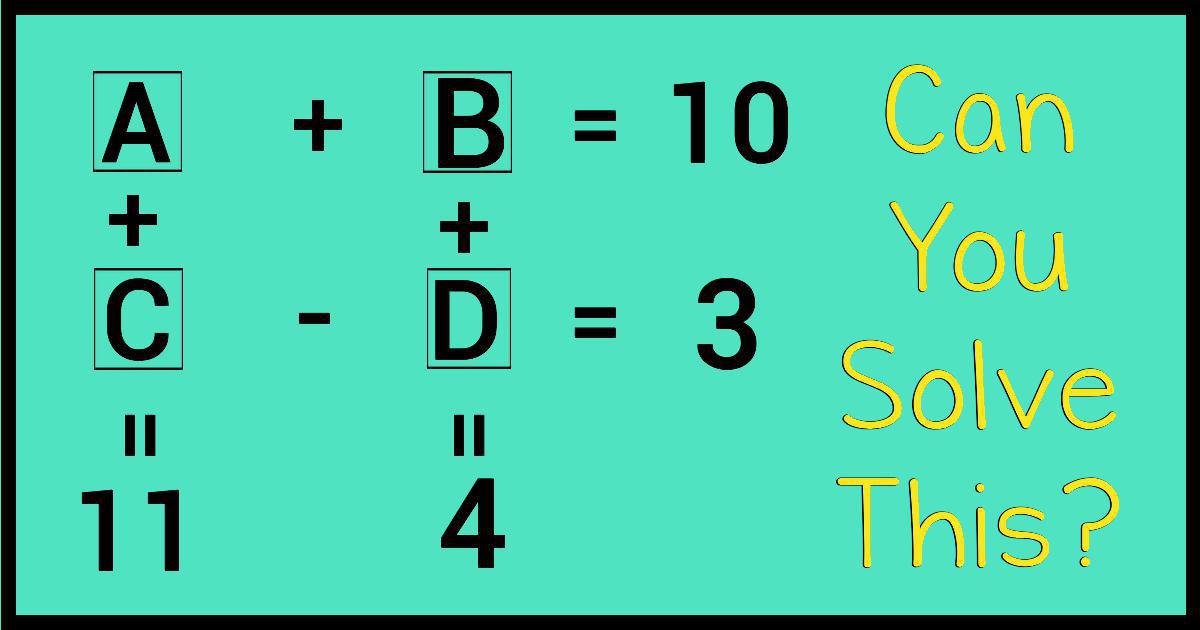week 9 research paper 10 pages
Question Description
To prepare for this week’s Assignment complete the Learning Activity. ( I CHOSE FORENSIC PSYCHOLOGY )
In a 10- to 15-page scholarly research paper, evaluate one Section (set of enforceable standards) from the APA Ethics Code (Sections 1 through 10) as it applies to a career role within your area of specialization. The enforceable standards are located in Chapters 4–13 of the textbook. Along with the textbook and APA Ethics Code, review and cite a minimum of five scholarly articles from peer-reviewed journals.
For this assignment, you should write your paper with a particular audience in mind: new employees who will begin working in this job role. Your goal is to inform them about the ethical standards that relate to this role and how their personal values and socio-cultural influences may affect their ethical decision-making in this role. First, choose a specific job role within your specialization, and then choose a Section of enforceable standards to apply to that job role. For example, if your specialization is Industrial and Organizational psychology, you could choose the career role of “consultant.” Then, you could choose the Section on “Privacy and Confidentiality,” and explain how the standards in this section relate to the daily work tasks of someone in that job. You should choose a job and Section most relevant to your career goals.
In the paper, consider how each standard of the Section would affect ethical decision-making in that job. For example, if you chose Section 4 on “Privacy and Confidentiality,” then explain how each standard, such as “4.01 Maintaining Confidentiality” and “4.02 Discussing the Limits of Confidentiality,” apply to that job. Provide the new employees with examples of work related activities, common dilemmas, and interactions in the workplace to which the standards relate. You will also synthesize the information from the articles and the course readings to support your main ideas in this paper.
Finally, in a one-page section, analyze the relationship between your personal values (beliefs, possible biases, morals, etc.) and ethical decision-making in this job role. Make suggestions for how the new employees can analyze their personal values and socio-cultural influences in relation to ethical decision-making in this role.
Be sure to address the following in your paper:
- What is the chosen job role that will serve as the context for your paper? What are some key job tasks, work related activities, and interactions associated with this job? Explain these as if you were presenting a summary of them to the new employees.
- Summarize your chosen Section of the Ethics Code. Be sure to address each of the standards of that section. Remember to write this with your audience in mind.
- How does each standard of the Section relate to typical work related activities, common dilemmas, and interactions of this job? Provide concrete examples to illustrate these for the new employees.
- Are there any ethical issues within your chosen job that are not explicitly covered in the APA Ethics Code?
- How do your personal values (beliefs, possible biases, morals, etc.) relate to the ethical codes associated with ethical decision-making in your chosen career role? How do you suggest new employees evaluate their personal values and how these relate to the Ethics Code?
- What personal and socio-cultural influences may contribute to your beliefs, values, and decision-making? How do you suggest new employees evaluate how their personal and socio-cultural influences may contribute to their beliefs, values, and decision-making? What resources could the new employees consult when facing an ethical dilemma?

 This is a set of four equations and four unknowns. A+B = 10, A+C = 11, B + D=4 and C-D=3.
This is a set of four equations and four unknowns. A+B = 10, A+C = 11, B + D=4 and C-D=3.